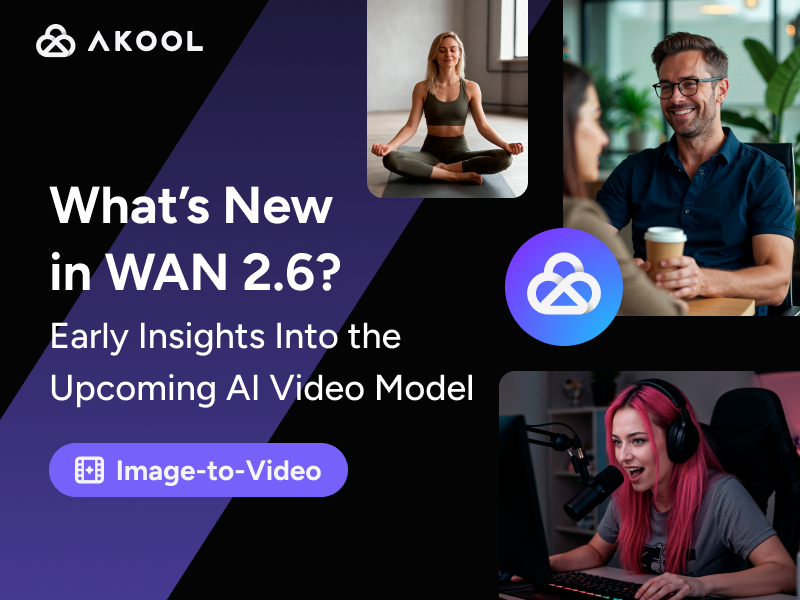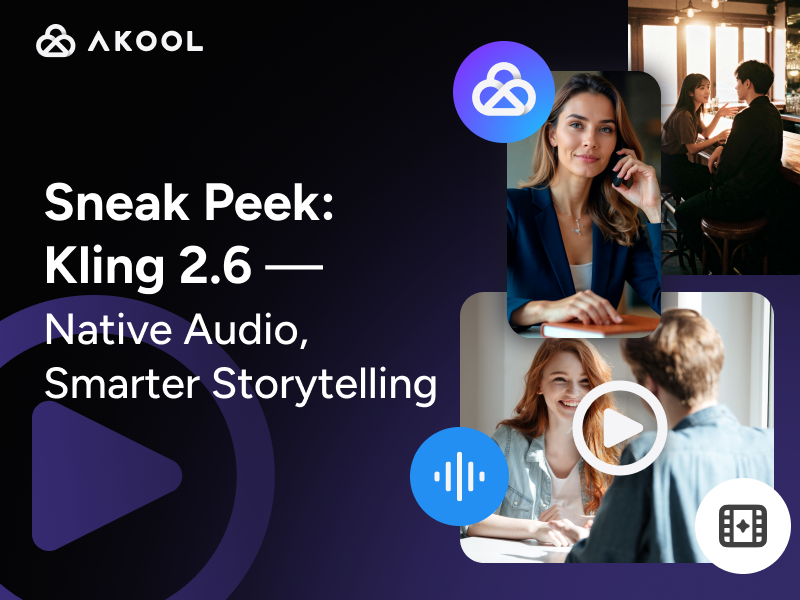Introduction to HR Software with AI
HR software with AI integrates artificial intelligence into human resource management systems. It automates tasks like recruitment, onboarding, and performance evaluation. AI algorithms analyze data to enhance decision-making and predict trends. Key capabilities include AI Resume Screening, candidate matching, and employee sentiment analysis. This technology streamlines processes, saving time and reducing human error, thus empowering creative agencies to focus on strategic initiatives and innovative projects.
How to Use HR Software with AI
Integrating AI into your HR processes can seem daunting, but breaking it down into manageable steps can simplify the transition. Here’s how creative agencies can effectively utilize HR AI Tools:
1. Define Your Objectives
- Identify Needs: Determine what HR challenges you aim to address. Is it recruitment efficiency, performance management, or employee engagement?
- Set Goals: Establish clear objectives, such as reducing time-to-hire or enhancing employee satisfaction.
2. Choose the Right Software
- Research Tools: Look for AI in Human Resources that aligns with your agency's needs. Consider features like predictive analytics and sentiment analysis.
- Trial and Feedback: Use demo versions to gauge compatibility and gather feedback from HR teams.
3. Integration and Training
- Integrate with Existing Systems: Ensure the AI software can connect with your current HR systems to maintain data consistency.
- Train Your Team: Provide training sessions to help HR staff understand AI functionalities and maximize the software’s potential.
4. Leverage AI Capabilities
- Recruitment: Utilize AI Recruiting Tools to automate resume parsing and candidate matching, speeding up the hiring process.
- Onboarding: Personalize onboarding experiences with Online Onboarding with AI to improve new employee acclimation.
- Performance Management: Utilize real-time feedback and analytics for continuous employee development.
- Employee Engagement: Analyze employee sentiment to proactively address engagement issues with AI for Employee Engagement.
5. Monitor and Refine
- Track Performance: Regularly assess the effectiveness of AI tools in meeting your objectives.
- Iterate and Improve: Use performance data to refine AI processes and improve outcomes continuously.
By following these steps, creative agencies can harness the power of AI in HR software to streamline operations, enhance decision-making, and ultimately foster a more innovative and productive work environment.
Applications of HR Software with AI
HR software with AI is revolutionizing creative agencies by streamlining various processes. Here are some key applications:
Recruitment and Talent Acquisition: AI-powered tools analyze resumes, automate candidate sourcing, and predict candidate success. For more insights, explore AI in Talent Acquisition.
Employee Onboarding: Platforms use AI to personalize onboarding experiences, ensuring new hires acclimate quickly.
Performance Management: Tools use AI to provide real-time feedback and performance analytics, enhancing employee development.
Employee Engagement: AI-driven platforms analyze employee sentiment and engagement, offering actionable insights.
Payroll and Benefits Administration: Systems automate payroll processing and benefits management, reducing manual errors.
These applications optimize HR functions, allowing creative agencies to focus on innovation and growth.
Technical Insights into HR Software with AI
HR software with AI leverages machine learning and natural language processing to enhance HR functionalities.
Data Processing: AI algorithms can process large volumes of data, identifying patterns and correlations that inform HR decisions.
Machine Learning Models: These models are trained on historical HR data, improving over time to predict outcomes such as employee turnover or candidate success rates.
Natural Language Processing (NLP): NLP enables the software to understand and analyze textual data from resumes or employee feedback surveys, facilitating tasks like resume parsing and sentiment analysis.
Integration with Existing Systems: AI-powered HR software can seamlessly integrate with existing HR systems, ensuring data consistency and enhancing functionality without overhauling the current infrastructure.
Predictive Analytics: By analyzing historical and real-time data, AI tools predict future trends in recruitment, performance, and engagement, allowing HR teams to make proactive decisions.
Below is a summary of the technical capabilities of AI in HR software:
| Capability | Description |
|---|---|
| Data Processing | Processes large volumes of data to identify patterns and inform decisions. |
| Machine Learning Models | Trained on historical data to predict outcomes like turnover or candidate success rates. |
| Natural Language Processing (NLP) | Understands and analyzes textual data, aiding in tasks like resume parsing. |
| System Integration | Seamlessly integrates with existing HR systems to maintain data consistency. |
| Predictive Analytics | Analyzes data to predict trends in recruitment and performance, enabling proactive decisions. |
This integration of AI into HR systems not only automates routine tasks but also augments strategic decision-making, providing a comprehensive overview of workforce dynamics.
Useful Statistics on HR Software with AI
Understanding the impact of AI integration in HR software is crucial for creators, developers, and creative agencies seeking to leverage these technologies effectively. Here are some recent statistics that highlight the growing role and benefits of AI in HR software:
- Adoption Rate: As of 2023, approximately 47% of organizations have adopted AI-powered HR software.
- Efficiency Improvement: AI implementation in HR processes can reduce the time spent on administrative tasks by up to 40%.
- Cost Savings: Businesses using AI in HR technology can achieve cost savings of up to 30-40% by reducing the need for manual interventions.
- Employee Experience: 60% of employees report a more positive work experience when AI is used in HR systems.
These statistics not only underline the transformative potential of AI in HR software but also provide a data-driven foundation for developing and marketing innovative solutions in this space.
| Statistic Category | Impact |
|---|---|
| Adoption Rate | 47% of organizations have adopted AI-powered HR software. |
| Efficiency Improvement | Reduces administrative task time by up to 40%. |
| Cost Savings | Achieves cost savings of up to 30-40% by reducing manual interventions. |
| Employee Experience | 60% of employees report a more positive work experience with AI in HR systems. |
FAQ: Enhancing HR Operations with AI-Powered Software
What is AI HR software and how can it benefit my organization?
AI HR software leverages artificial intelligence to automate and optimize human resources tasks, such as recruitment, onboarding, and employee management. It helps organizations save time, reduce costs, and improve decision-making by providing data-driven insights.
How does AI improve the recruitment process in HR software?
AI enhances recruitment by using algorithms to screen resumes, match candidates to job descriptions, and predict candidate success. This streamlines the hiring process, reduces bias, and ensures a better fit for the company culture.
Can AI HR software help with employee engagement and retention?
Yes, AI HR software can analyze employee data to identify trends and patterns related to engagement and retention. It can provide actionable insights and personalized recommendations to improve employee satisfaction and reduce turnover.
How secure is the data handled by AI HR software?
AI HR software typically employs advanced security measures such as encryption, access controls, and compliance with data protection regulations to ensure that sensitive employee data is secure and protected from unauthorized access.
Is AI HR software suitable for small businesses?
Absolutely. AI HR software can be scaled to fit the needs of small businesses, offering them the same efficiency and insights as larger organizations. It helps small businesses manage HR tasks more effectively and compete with larger companies.
What kind of analytics can AI HR software provide?
AI HR software provides various analytics, including workforce analytics, performance metrics, and predictive analytics. These insights help HR professionals make informed decisions regarding talent management, workforce planning, and organizational development.
How can AI HR software assist in diversity and inclusion initiatives?
AI HR software can help identify biases in hiring and promotion processes, suggest diverse candidate pools, and track diversity metrics. This supports organizations in building a more inclusive workplace and meeting diversity goals.
What are the implementation challenges of AI HR software?
Common challenges include data integration, change management, and ensuring employee buy-in. Organizations should plan for a smooth transition by providing training, setting clear objectives, and working closely with the software provider.




